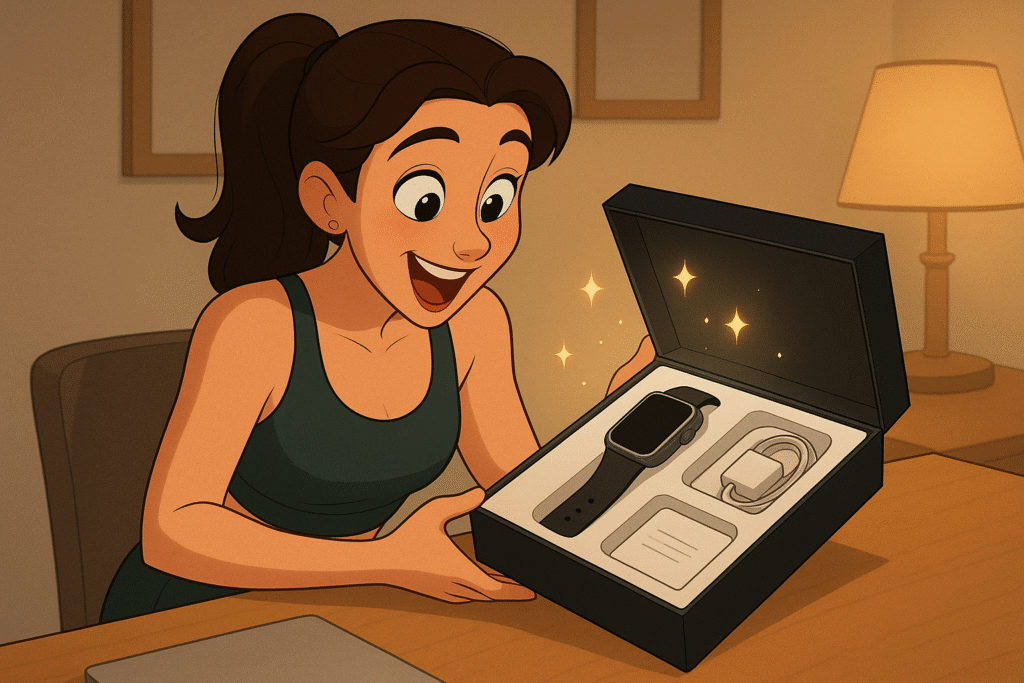
How smart packaging design creates unboxing experiences that sell more products
Nestlé has partnered with IBM to develop AI that designs better packaging materials.
Not stuff like flashier graphics or catchier slogans on the boxes — literally molecular-level improvements to how materials protect products while reducing environmental impact.
This might sound like boring corporate sustainability news, but it tells you something HUGE about modern product success: packaging has become a competitive advantage, not just a necessity.
Every product maker I work with eventually discovers this truth.
And the sooner, the better.
You can have the world’s most mind-blowing product, but if the unboxing experience disappoints, customer perception shifts immediately.
Before they ever use the thing.
Think about your last Amazon delivery. The product inside could be identical to a competitor’s version, but HOW it arrives shapes your entire relationship with the brand.
Nestlé’s AI approach tackles the invisible challenges that make or break products.
Their system identifies materials that maintain freshness longer, protect against temperature changes, and provide better oxygen barriers — all while being more sustainable than current options.
But here’s what most people miss: better protective packaging doesn’t just preserve product quality. It enables entirely new distribution strategies and market expansion.
If your product can survive longer shipping times without degradation, you can reach customers in remote areas that competitors can’t serve profitably.
If your packaging maintains quality through temperature fluctuations, you can sell through channels that lack climate control.
If your materials are genuinely sustainable, you can access the growing segment of environmentally conscious consumers who pay premium prices.
In I Need That, I get into how successful products excel across every touchpoint of the customer experience. Packaging might seem like the least important element, but it’s often the first physical interaction customers have with your brand.
That unboxing moment sets expectations for everything that follows.
Poor packaging signals poor quality, even when the product inside is superior. Thoughtful packaging creates anticipation and reinforces purchase decisions.
Product Payoff: We all love how Apple transformed computer unboxing from functional necessity into branded ritual. Their packaging team still spends months perfecting the tactile experience of opening boxes, the sound materials make, and the sequence of product revelation. This attention to unboxing contributed to Apple’s premium brand perception and justified higher prices across all product categories. Customers began filming and sharing unboxing videos, turning packaging into free marketing that competitors couldn’t replicate.
Today’s packaging challenge: Evaluate YOUR product’s protective and aesthetic packaging separately. Are you solving functional challenges (protection, sustainability, cost) while creating emotional connection (anticipation, quality perception, shareability)?
Even if you’re selling on Amazon, packaging influences reviews, repeat purchases, and word-of-mouth recommendations.
The best packaging feels inevitable — perfectly suited to the product and delightful to experience, making competitors’ approaches seem outdated by comparison.
What’s the most memorable unboxing experience you’ve had, and how did it influence your perception of the brand?
Rap that reply arrow and share how packaging shaped your product expectations.
Or reach out to my team of product experience experts at Graphos Product.
